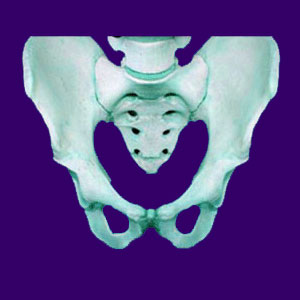
There are many direct and contributing causes of osteoporosis. Porous bones occur mostly as a result of a deficiency of calcium, phosphorous and other minerals in the bones. These minerals help to determine the size, strength and density of the bones in our skeletons. Vitamin D is also crucial in creating new bone material.
As we age, the minerals in the bones become less and less numerous and the bones lose density. The effect is similar to dried out wood. It might look strong, but it can be broken with little effort. Luckily, osteoporosis is usually a preventable condition.
This discussion centers on identifying the causes and contributors to low bone density that might change into full osteoporosis as a person ages.
Osteoporosis Causes
Aging is the primary cause of low bone density. As we get older, the natural bone building process slows down. After the age of 40, most of us lose more bone mass than we can possibly build. This is a progressive condition that will continue for the rest of our lives. The older we get, the greater the chance of developing osteoporosis.
Osteoporosis is far more common in women than in men. This is because estrogen production slows down after menopause. This lack of estrogen contributes to lower bone density. Women also have naturally lighter and less dense bones than men. Add in the longer lifespan that most women enjoy and you have all the factors that make them far more likely to develop porous bones.
Genetics play a considerable role in who will develop bone porosity issues. Osteoporosis runs in the family. If a member of your immediate family has osteoporosis, make sure that you do everything possible to prevent it from occurring in yourself. You have a greater risk of developing porous bones.
Smoking contributes to decreased bone mass. I have said it before, I will say it again. Smoking is bad for you. Please, Please, stop smoking already!
Long-term usage of cortisone and other corticosteroids can contribute to localized osteoporosis. These medicines break down bones and will certainly contribute to regional low bone density.
Not enough exercise can contribute to low bone density, as well. This is especially true if a person is sedentary earlier in life when their bones are developing. Impact and exercise build strong healthy bones It is never too late to start. Skeletal loading is particularly effective at preventing density loss.
Obesity will cause an increased chance of fractures for those suffering from porous bones. The actual weight of the body can cause bones to break simply from the pressure.
Bottom Line on the Causes of Osteoporosis
Osteoporosis is one of the few pathological spinal conditions that we can usually prevent. If you follow a balanced diet and lead a healthy lifestyle, you will probably keep strong bones well into your golden years. If you abuse your body, it will certainly abuse you back as you get older.
Once the anatomical changes associated with osteoporosis begin, treatment will often have a difficult time reversing them. Sometimes, the best that can be accomplished in patients currently diagnosed with bone density concerns is preventing the condition from worsening over time.
For additional information about the causes of osteoporosis, as well as back pain that might be associated with osteoporosis, please speak to your primary care provider.




